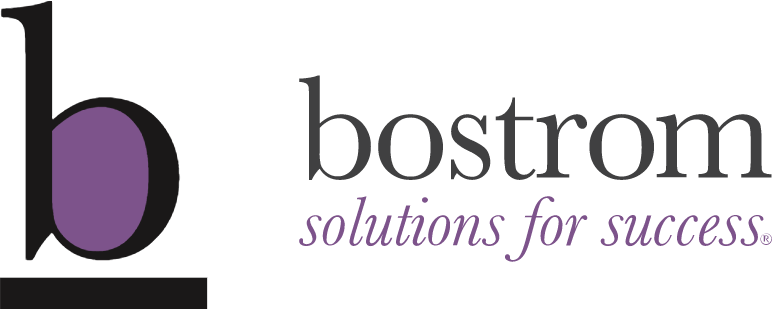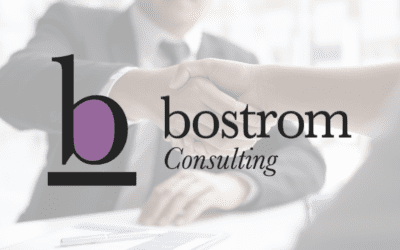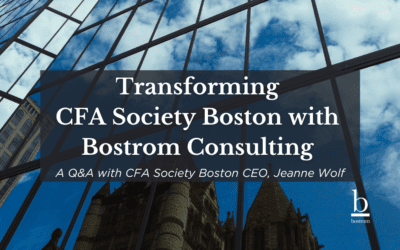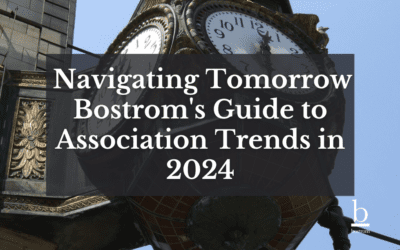PROBLEM/OPPORTUNITY:
In the fall of 2017, Janie Schumaker, then acting Executive Director of the Board of Certification for Emergency Nursing (BCEN), approached Bostrom to update BCEN’s strategic plan. The current plan was created a few years prior and had nicely moved the organization forward. However, BCEN was faced with a new opportunity:
- How could the certification board grow its existing business (BCEN estimated it had only credentialed 20% of those eligible to become certified emergency nurses) and
- Identify future products, services and markets.
Specifically, BCEN knew it needed to:
- motivate newer and younger emergency nurse graduates to become certified through one of five specialty emergency nursing credentials it offered, and
- identify obstacles that stood in the way of achieving that goal.
APPROACH:
Bostrom recommended taking the Board through the business modeling exercise to identify its most important customer segments. The next step was to ensure BCEN’s value proposition was delivering on its commitment to meet the needs of its most important customer segments in the most effective and inspiring way possible. While BCEN commenced a journey mapping project to identify how the path to certification and recertification could be improved for individuals seeking one of the five specialty credentials and needing to recertify, Bostrom simultaneously conducted a SWOT (Strengths, Weaknesses, Opportunities and Threats) survey and needs assessment survey of BCEN’s stakeholders (Board of Directors, Emergency Nursing Association liaison, nursing faculty, etc.).
Both survey results were analyzed and then used to informed the one-day business modeling exercise with the BCEN Board of Directors. Bostrom led the Board through the process of diagramming its current business model, first identifying all of its customer segments (there were 12), then prioritizing that list into a top 3 (most important segments). The ways in which BCEN’s customers wanted to relate to the organization and the channels through which the products and services flowed needed to change, which were also identified and mapped during the business modeling process.
Based on the SWOT survey and focus group interviews, Bostrom’s Chief Marketing Officer drafted the value proposition for each of the 5 specialty emergency nursing credentials BCEN offered, crafting language that described each exam’s unique benefits and messaging to use that targeted those segments. Bostrom then worked together with Janie Schumaker, MBA, RN, CEN, CENP, CPHQ, FABC, BCEN Executive Director, to refine each value proposition to ensure the differentiators were clearly stated. The product of the value proposition exercise was this according to Janie, “We now have our elevator speech and our tailored, targeting, compelling messaging (students, employers, nurses) honed in on the punch lines that we handed off to our marketing firm who uses it repeatedly in our marketing and communication efforts.” [Janie is also President-Elect, American Board of Nursing Specialties (ABNS).] 
The Strategic Planning Process
The Business Modeling exercise allowed for all of the key stakeholders to hear the exchange of ideas and paths forward at the same time. The exercise took our 100+ thoughts and organized them beautifully using the canvas, allowing us to prioritize the top 3 in each building block. That prioritization provided focus so we could agree on what was important to the organization. It was really a feeling of accomplishment to go back over the details in the strategic plan and see all the progress we had made. The team and I refreshed the plan a few weeks ago. It was so organized and focused. And we completed a lot of the plan and then we added new initiatives. The Board loves the quarterly snapshot of our progress at the high level.
The Implementation
We started using the plan immediately. I don’t go through it line by line with my team. I chose a section of the plan to do a deeper dive into and then we discussed how the initiative is going and any adjustments we needed to make. The plan is so well organized that it is very easy to use. One area of focus in our plan was awards/recognition. We have launched a “hospital visits program”, recognizing BCEN-certified nurse leaders who are really going above and beyond and the various hospitals at which they work that are supporting their nurses and specialty certification. We take pictures of the nurses, their teams and hospital leaders, come back to the office and write an article about the nurse and the institutions, and then post it to our website, social media and other communications channels shine a big light on the nurses and the hospitals we visited. Another area of focus is how to best promote the specialty certification in nursing. I’ve scheduled a phone meeting with American Board of Medical Specialties (ABMS) to discuss this topic as I believe there is much to be learned from our physician counterparts.





